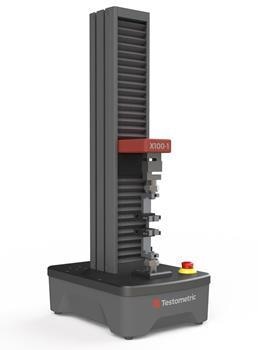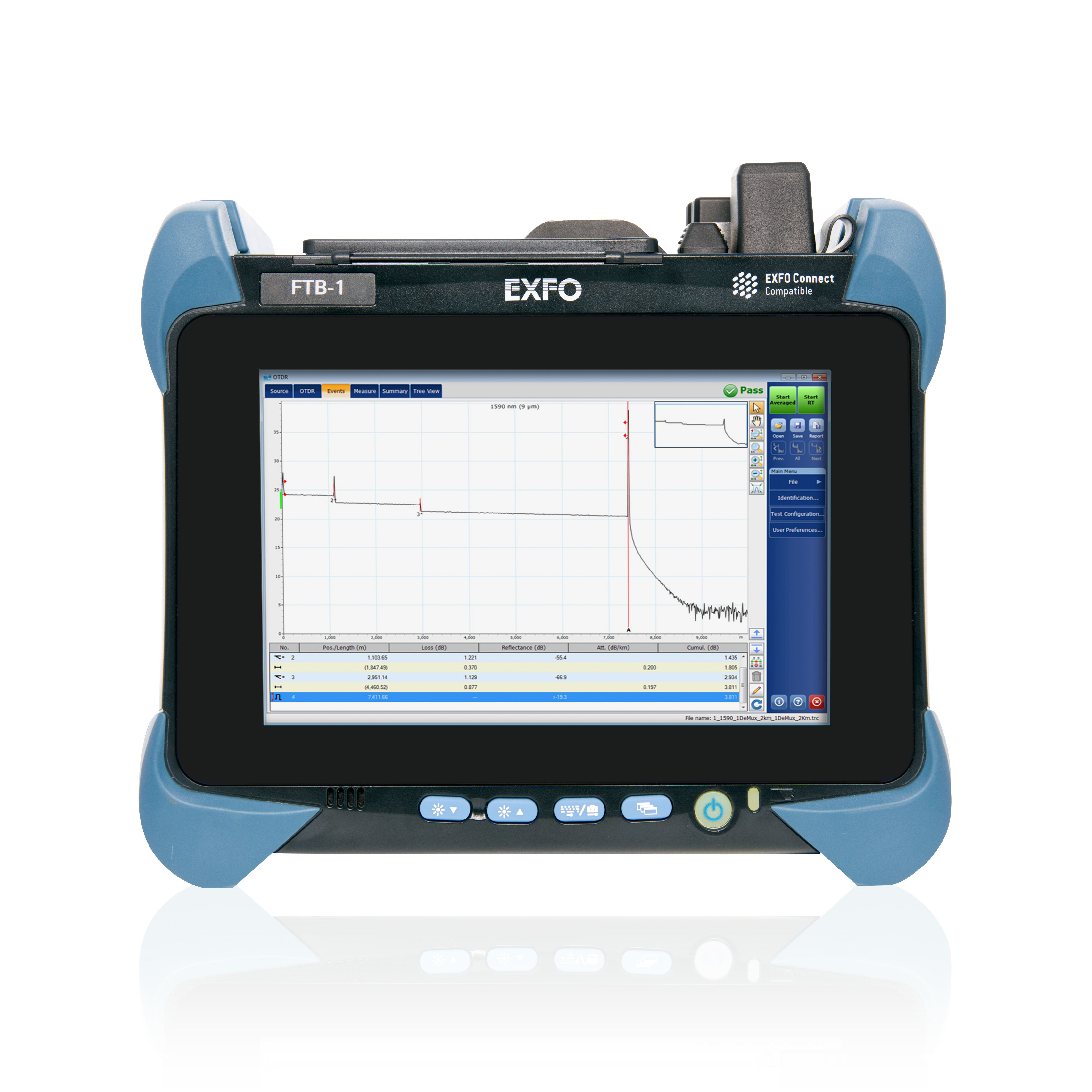Avoid costly mistakes with precise fibre testing equipment protocols
Wiki Article
A Comprehensive Guide to Optical Measurement System for Fiber Evaluation
When it involves fiber evaluation, understanding optical measurement systems is important for reviewing efficiency and guaranteeing high quality. You'll discover crucial methods like interferometry and spectroscopy, which aid you determine vital specifications. Yet there's even more to it than just these techniques; mastering attenuation measurement strategies can considerably influence your network's efficiency. As you browse via this guide, you'll reveal understandings that could change your method to optical fiber.Recognizing Optical Measurement Systems
When you discover optical measurement systems, you'll find they're crucial for evaluating fibers with accuracy. These systems make use of light to evaluate various features of fibers, consisting of size, refractive index, and harmony. By employing strategies like interferometry and spectroscopy, you can gain useful insights right into the fiber's properties.You'll find that these systems are made to lessen errors and improve precision, guaranteeing reliable information for your evaluation. Different arrangements, such as single-mode and multi-mode systems, accommodate particular fiber types, permitting you to pick the best suitable for your needs.Moreover, the combination of sophisticated software program tools helps you translate the data efficiently, making it less complicated to determine any kind of disparities or problems. As you examine much deeper into these dimension systems, you'll value how they improve the logical process and boost the general top quality of fiber manufacturing and testing.Key Parameters for Fiber Evaluation
Secret parameters for fiber evaluation play a crucial function in establishing the quality and performance of optical fibers. When you review a fiber, you'll want to concentrate on features such as depletion, data transfer, and modal dispersion. Depletion measures the loss of signal toughness as light journeys via the fiber. A reduced depletion worth shows better top quality and longer transmission distances - fibre testing equipment.Bandwidth describes the data-carrying ability of the fiber and is crucial for high-speed communication. You'll require to examine the data transfer to assure it satisfies your application needs. Modal dispersion, which emerges from the various speeds at which light journeys via different settings in multimode fibers, influences signal clarityMethods for Depletion Measurement

Bandwidth and Its Effect On Performance
Comprehending transmission capacity is necessary for optimizing fiber performance, as it directly influences the quantity of data that can be sent over a network. Greater data transfer means you can send out even more details simultaneously, allowing for faster communication and better general performance. When you're working with optical fibers, it's essential to think about just how data transfer engages with fiber attributes, such as core dimension and material properties.If the bandwidth is restricted, you may experience information loss or slower rates, influencing your applications. Furthermore, various kinds of fibers can support varying bandwidth degrees, so it is essential to select the best fiber for your specific needs.You must likewise bear in mind that ecological factors, like temperature and external interference, can impact transmission capacity. By comprehending these elements, you can make enlightened choices to improve your fiber optic systems, ensuring trustworthy and efficient information transmission.Refractive Index Measurement Approaches

Complete Internal Representation
Total internal representation (TIR) offers as a fundamental concept for gauging the refractive index of fibers. When light travels from a denser tool to a less thick one, it can only be completely shown if the angle of incidence goes beyond a certain threshold, recognized as the vital angle. This phenomenon enables you to establish the refractive index by examining the angles at which light mirrors or refracts. By using an arrangement that guides light right into a fiber and determines the resulting angles, you can determine the refractive index properly. Comprehending TIR not just improves your fiber analysis yet likewise improves the layout and performance of optical systems. Leveraging TIR can lead to more effective fiber-based applications.Interferometric Strategies
Building on the concepts of overall interior reflection, interferometric techniques give an effective methods for gauging the refractive index of fibers with high accuracy. These methods make use of the interference patterns developed when beams split and recombine after taking a trip various courses. You can use configurations like the Michelson or Mach-Zehnder interferometer to examine stage changes triggered by changes in refractive index. By very carefully adjusting your system and evaluating the resulting edges, you can establish the refractive index with remarkable precision. It's essential to maintain secure environmental problems to reduce errors. With these strategies, you'll improve your understanding of fiber properties, leading to far better performance in various applications, from telecoms to sensor technology.Modal Diffusion and Its Relevance
Modal diffusion refers to the spreading of light pulses as they travel with a fiber, which can impact the general efficiency of the system. You'll see that this sensation can result in signify distortion, impacting information transmission rates and top quality. Recognizing its importance is important for maximizing fiber optic designs.Interpretation of Modal Dispersion
In fiber optics communications, modal dispersion plays a considerable role in establishing signal high quality and transmission speed. It occurs when different light settings take a trip at varying speeds with the fiber. Given that each mode has distinctive paths and qualities, they can come to the getting end at various times. This moment distinction can cause signify spreading and distortion, which can deteriorate the general efficiency of the interaction system. You might run into modal diffusion primarily in multimode fibers, where the several courses of light aggravate the issue. Comprehending modal dispersion is essential for maximizing fiber layouts and guaranteeing that your communication systems operate successfully, maintaining the honesty of the transmitted signals over longer ranges.Results on Fiber Efficiency
Comprehending modal dispersion aids highlight its impacts on fiber performance. This phenomenon takes place when various settings of light travel at differing rates within the fiber, causing signal dispersing in time. As you analyze fiber optics, you'll see that enhanced modal diffusion can considerably degrade signal quality, resulting in decreased bandwidth and longer transmission distances. In sensible terms, this suggests your data can arrive altered or postponed, impacting total interaction efficiency. To reduce these effects, you might think about utilizing single-mode fibers, which reduce modal dispersion. By choosing the best fiber kind and comprehending how modal dispersion affects efficiency, you can enhance transmission top quality and guarantee reputable data transfer in your optical dimension systems.Tools and Technologies for Optical Measurements
When it involves optical dimensions, a number of cutting-edge tools and modern technologies go to your disposal to boost fiber analysis. You'll find fiber optic testers, which examine signal quality and efficiency, crucial for keeping ideal network effectiveness. Optical time-domain reflectometers (OTDRs) are critical for locating mistakes and determining loss over distances, providing detailed understandings into fiber stability. Additionally, spectrometers can analyze light spectra, assisting you determine material buildings and composition.Don' t overlook the relevance of imaging systems, like digital microscopic lens, that enable you to visually evaluate fiber surfaces for problems. Also, consider making use of polarization analyzers to measure tension and stress in fibers, which is necessary for recognizing their habits under various problems. By leveraging these devices and technologies, you can significantly boost your fiber evaluation processes, ensuring integrity and high efficiency in your optical networks.Regularly Asked Concerns
What Are the Costs Related To Optical Measurement Solutions?
The prices related to optical measurement systems can differ considerably. You'll need to assess devices prices, maintenance costs, software program licenses, and possible training expenses. Budgeting very carefully will help you avoid unexpected monetary challenges down the line.
How Typically Should Fiber Analysis Be Carried Out?
You ought to execute fiber evaluation consistently, usually every six months or after considerable adjustments in the atmosphere (optical measurement system). This guarantees ideal efficiency and aids determine potential concerns prior to they impact your system's performance and reliabilityCan Optical Measurement Systems Be Adjusted in your home?
Yes, you can adjust optical measurement fiber measurement systems in your home, but it needs precision. Make particular you adhere to the producer's standards, utilize suitable calibration criteria, and verify your outcomes to guarantee precision in your dimensions.
What Industries Generally Make Use Of Optical Measurement Systems?
You'll find optical dimension systems commonly made use of in markets such as telecommunications, production, health care, and research. They're vital for quality control, fiber analysis, and making sure exact dimensions in various applications, boosting performance and precision across sectors.Are There Any Type Of Safety And Security Worry About Optical Measurement Solutions?
Yes, there are safety and security worry about optical measurement systems. You need to constantly wear safety glasses to protect your eyes from intense source of lights and guarantee appropriate training to manage tools securely and prevent crashes.Report this wiki page